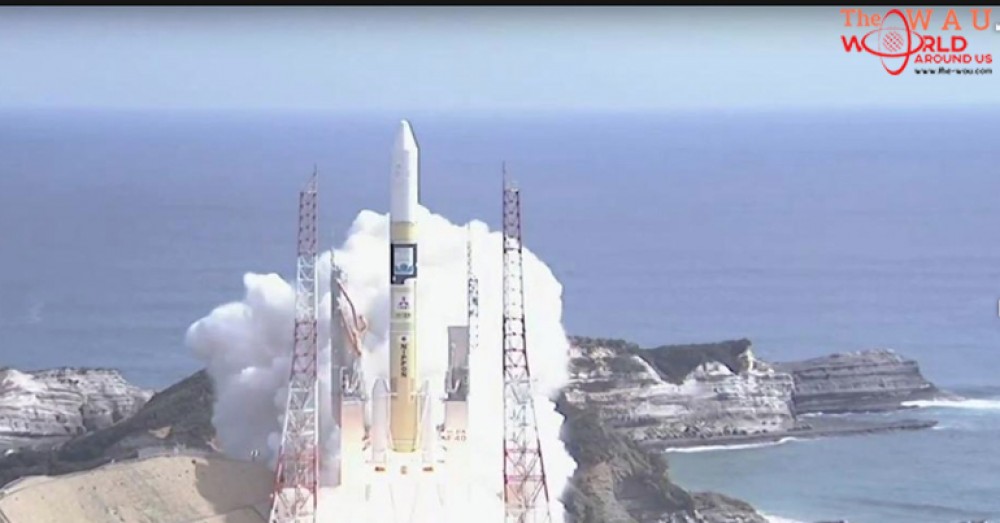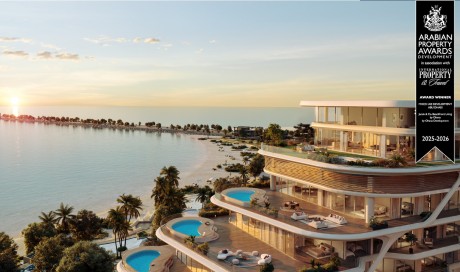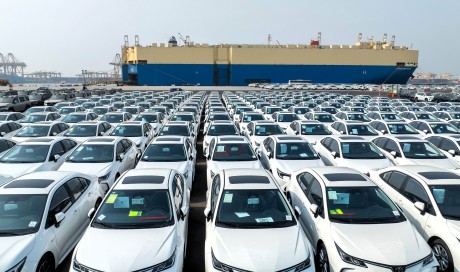The most sophisticated satellite built by the UAE was successfully launched from an island off the southern tip of Japan this morning, in a new landmark for the country’s space programme.
KhalifaSat, the first satellite designed, tested and manufactured entirely by Emirati engineers, launched as planned shortly after 8am UAE time.
The launch was hailed by the UAE's leaders as an "unprecedented Emirati achievement".
A team of engineers from the Mohammed bin Rashid Space Centre travelled to Tanegashima island, some 40km south of the Japanese mainland, to monitor the launch.
There was relief all round at the Tanegashima Space Centre 10 minutes after blast off, as the satellite soared out of view, when it was announced that the flight path was “proceeding as expected”. Almost two hours later, KhalifaSat successfully jettisoned from the launch rocket, beginning its orbit around the Earth.
The announcement was made to cheers from the Japanese engineers at the space station.
.@MBRSpaceCentre during the successful launch of #UAE’s #KhalifaSAT. pic.twitter.com/yarqMd3ofb
— Dubai Media Office (@DXBMediaOffice) October 29, 2018
KhalifaSat was designed and built at the Space Technology Laboratories, at the Mohammed bin Rashid Space Centre in Dubai.

Its role will be to beam high-quality images to the ground station in the emirate. The pictures will help governments and private companies across the globe with climate changes, disaster relief, urban planning, and more.
On Sunday night, a spectacular moving image was projected onto the Burj Khalifa to celebrate the launch. It displayed the message: “100% Emirati-developed satellite, from space to serve Earth.”
Ahead of the launch, Amer Al Sayegh, the KhalifaSat project manager, said the project had helped the UAE create partnerships across the globe.
“It’s not only the technical work that we are doing with our Japanese colleagues, it’s the bonding of two teams and two cultures working together for the same vision," he said.
"The UAE now has a highly qualified team equipped with knowledge, expertise and strong teamwork for the new missions for the UAE.”
The launch, which was streamed live on the internet, saw the satellite loaded on to Mitsubishi Heavy Industries H-2A rocket.
The launch is the latest in the ambitious UAE space programme. In 2020, the UAE will become the first Arab country to host the International Conference on Astronautics since the event was set up in 1950.
...[ Continue to next page ]
Share This Post















